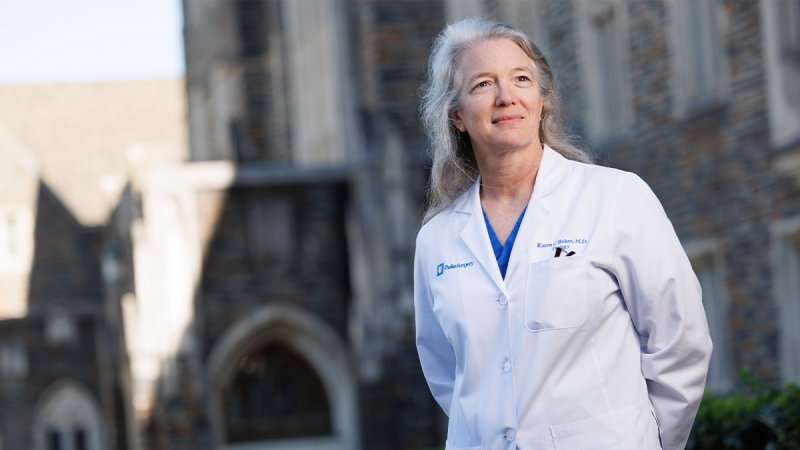
Getting You in Sooner: How Duke Urology Used Data to Streamline Care
In 2022, Duke Urology faced a challenge that’s all-too familiar in health care: lack of capacity to meet high demand. Patients looking for an appointment faced a median wait time of 54 days.
“The demand far outstripped our ability to see patients,” said Karen Baker, MD, associate professor in the Department of Urology at Duke University School of Medicine. “But not because people weren’t working hard.” There was a lack of clinical space, and a hiring freeze meant they couldn’t add new providers.
High demand and low supply present a challenge for urologists nationwide. More than 60% of all U.S. counties do not have a practicing urologist, and the average age of a practicing urologist makes the specialty one of the oldest in the medical profession, according to the American Urological Association.
“We will be critically short of urologists in the next 10 to 15 years,” Baker said.
As “access champion” for Duke urology, Baker led a team that analyzed the demand for care and found ways to focus efforts on those who can most benefit from the specialty care that Duke Health provides, like patients with urologic cancer or male infertility.
Baker arrived at Duke after serving 24 years in the U.S. Army as a urologist and male fertility specialist.
“If you're coming to Duke because you have a complex condition, and you’re waiting 50-plus days to see us because we're seeing things that could be appropriately managed by community urologists or a primary care provider, then we're not being good stewards of our resources,” she said.
Baker led a team of faculty and staff to a solution. They used data to categorize urology referral requests (15,000 annually) into categories by condition, then used decision trees to refer some patients to other specialties and identify conditions that could be served appropriately with telehealth. They also streamlined “procedure” visit types and created dedicated procedure clinics.
In addition, data showed that even with this new focus, the team needed more resources, and Baker was able to successfully advocate for that. “We defined our mission and then we were able to go back to our leaders to tell them what needed to happen,” she said.
The result is better for patients and for providers. In 2025, the median lead time for patients calling for an appointment with Duke Urology is 17 days, and for almost half of patients, there will be a suitable appointment in 14 days or less, Baker said.
While leading this team, Baker drew heavily on what she learned in Duke School of Medicine’s Master of Management in Clinical Informatics (MMCi) master’s degree program, which helps working professionals learn to design better, more efficient patient care. She now serves as MMCi study program director.
Angela Spivey is assistant editorial director of the Office of Strategic Communications in the Duke University School of Medicine
Eamon Queeney is assistant director of multimedia and creative of the Office of Strategic Communiations in the Duke University School of Medicine.
